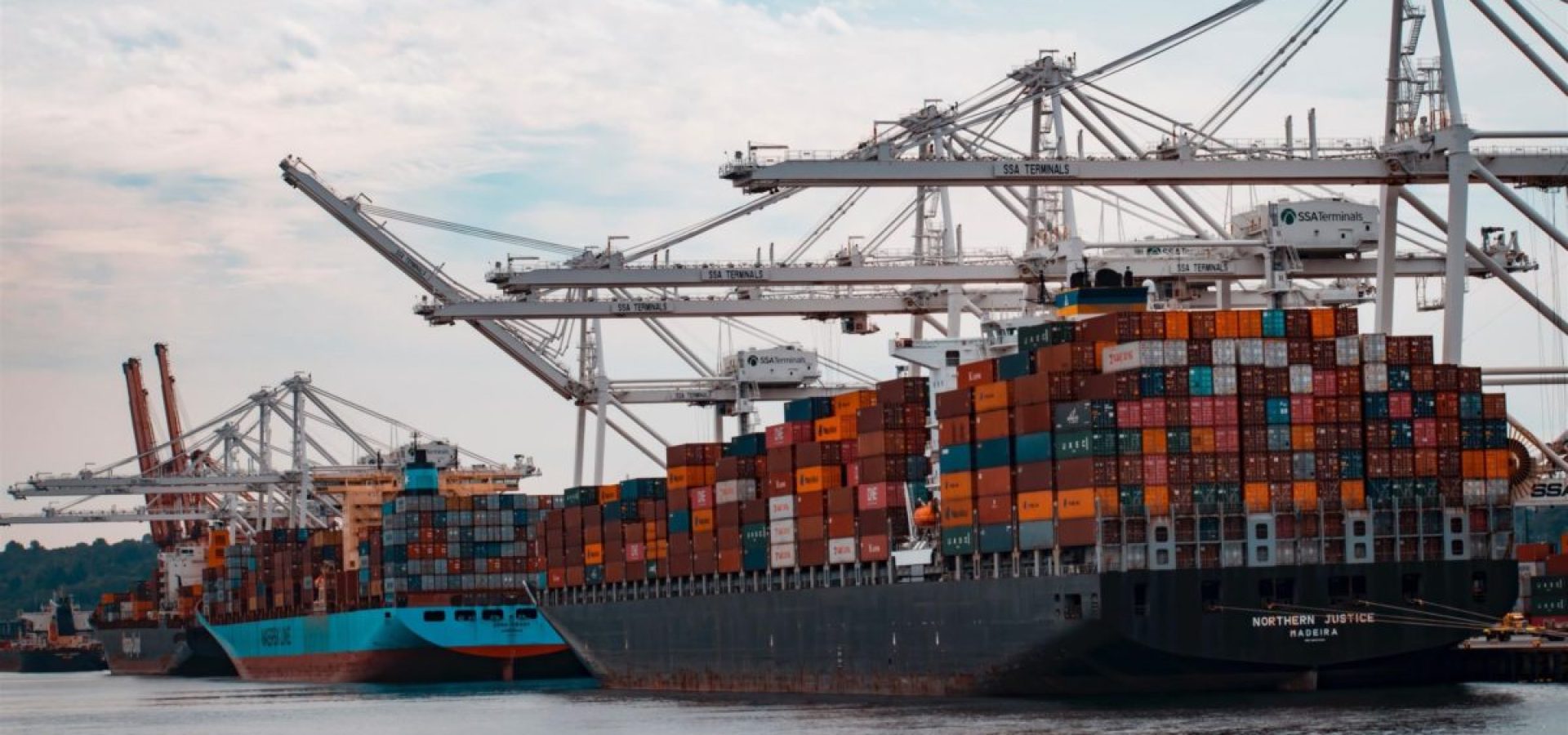A country that enjoys net exports brings in more revenues from products sold abroad than it spends on total imports. As a reminder, net exports are a measure of a country’s total trade. The formula for calculating net exports is quite simple: The value of a country’s total export goods and services minus the value of all the goods as well as services it imports equals its net exports.
Exports consist of all the goods as well as other services a country sends to the rest of the world. Companies export goods and services for numerous reasons. Exports can increase sales and profits if the products create new markets or expand existing ones. Moreover, they may even present an opportunity to strengthen the company’s positions around the world.
Companies that export spread business risk by diversifying into numerous markets. Thanks to exports, companies can also reduce per-unit costs by expanding operations to meet increased demand. Companies that export their products gain new experience as well as the knowledge that may allow the discovery of new technologies, marketing practices, etc.
If a country’s currency is quite weak in relation to other currencies, the products available for export become more competitive. Their prices are comparatively less expensive, which encourages positive net exports. The situation is different if a country has a strong currency. In that case, its exports are more expensive and customers will pass them up for cheaper local products.
Net exporters and net importers
Countries produce products according to their resources and skilled labor capacity available. Whenever a nation is not able to produce a particular good efficiently, but still wants it, that country can buy it from other countries. Likewise, if other countries demand products that your country can produce well, they may be available as export to overseas markets.
So, let’s learn more about a net exporter and a net importer. When it comes to a net exporter, it is a country that exports more goods than it brings in from abroad. For example, Saudi Arabia and Canada are net exporters. They have huge reserves of oil which they sell to other countries that are unable to meet the demand for energy.
The situation is completely when it comes to a net importer. It is a country or territory whose value of imported goods and services is higher than its exported goods and services over a given period of time. The world’s largest economy tends to be a good example of a net importer. The U.S. is buying consumer products and raw materials from other countries.
Interestingly, a country may run either deficits or surpluses with individual countries depending on the types of products and services traded. There are other factors as well. For instance, exchange rates, trade barriers, etc. A net importer or net exporter takes into account the overall balance of trade on the net. It is also important to mention that a country can be a net exporter in a certain area while being a net importer in other areas. One perfect example is Japan which is a net exporter of electronic devices. Nonetheless, it has no other option but to import oil from other countries to meet its needs.
Net exports and various factors
For a country to be a net exporter, foremost it must have goods that foreign buyers want to buy from that country. If a country wants to become a net exporter, it must produce goods that are cheaper than in other countries. A country will export its products when it has a comparative advantage in a product or an ability to produce a particular good or service at a lower opportunity cost than its trading partners.
Another important factor is currency, a country’s currency exchange rate will also play an important role. If a country’s currency loses value relative to other currencies, producers can produce and sell those goods at lower prices abroad. A country’s government or central bank of an exporting country may use monetary policy tools to help local producers.
A third factor worth mentioning is the trade barriers such as quotas, tariffs, as well as other taxes. A trade barrier is any law, regulation adopted by the country’s government that is designed to protect local producers. Many governments are trying to protect local companies from foreign competitors. They also want to stimulate exports of particular domestic products. The most widespread foreign trade barriers are government-imposed measures that restrict or impede the international exchange of goods. The greater the trade barriers, both at home as well as abroad, the harder it is to export goods and services.
Several examples of Net exports
The most prolific exporter by a percentage of gross domestic product in 2019 was Luxembourg, according to World Bank. Hong Kong, Singapore, Ireland, Vietnam, and United Arab Emirates also reached great results.
The countries that exported the least as a share of gross domestic product in 2020 are French Polynesia, Sudan, Etiopia, and Nepal.
It is not hard to understand how countries calculate net exports. We first must see the World Bank data regarding imports for the same year. For instance, Ireland’s imports in 2019 came in at 112.5% as a percentage of GDP, while Luxembourg’s imports totaled 173%. By deducting those figures from the countries’ total exports, we find that Ireland had net exports of 14.5%. In 2019, Luxembourg enjoyed net exports of 36%.
Sudan reported imports totaling 9% of the gross domestic product in 2019. Since the exports were only 7.7% of GDP, Sudan’s net exports were -1.3% as a percentage of GDP. Hence, Sudan had a small trade imbalance.
For 2019, the world’s largest economy had net exports totaling 11.7% of GDP, while the U.S. had net imports of 14.6% of GDP. Consequently, the country also had a trade deficit, with a deficit of -2.9%.









COMMENTS